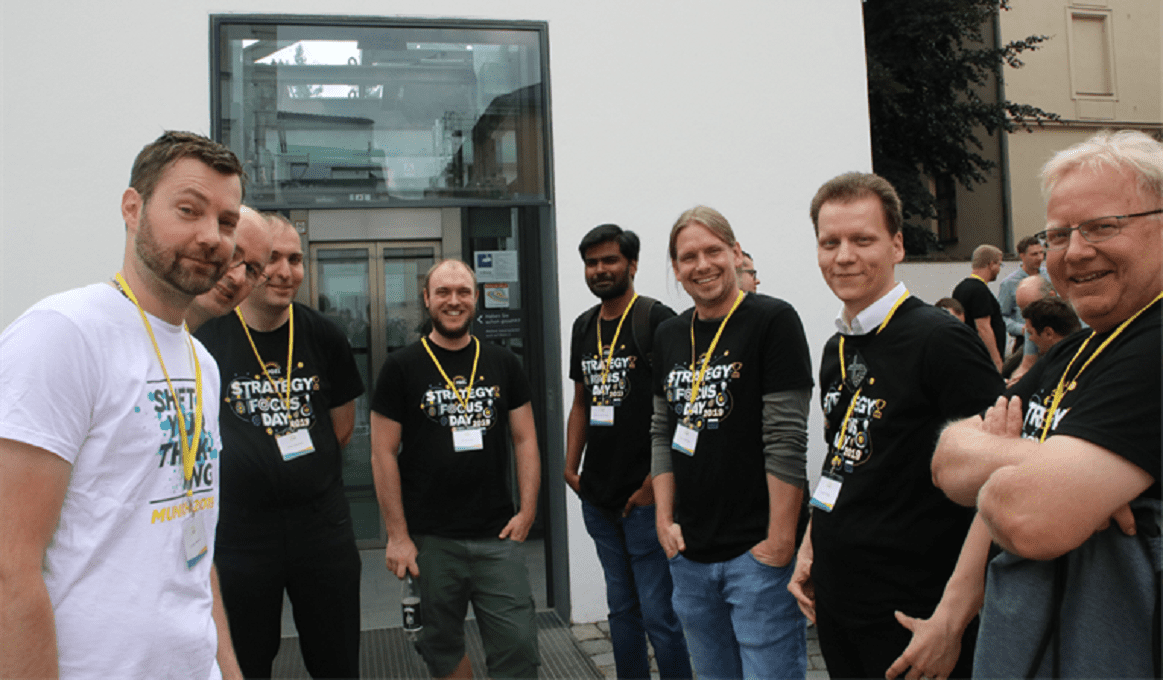IGEL Blog

Unleash the Power of Your Employee’s Productivity
Over the last several years, the way in which we think about our employees has evolved. The phenomenon of the great resignation, our commitment to delivering high-quality user experiences, and a desire for enhanced productivity have all been drivers of this evolution. Think of this as UX 2.0: employee retention and recruitment and achieving user satisfaction through a heightened focus on user experience, security, and productivity are demanding that Information Technology (IT) teams recognize users now have more power than ever before.
At my company, to ensure that our employees would continue being productive throughout the pandemic, we gave notebook computers, Zoom accounts, and other collaboration tools to our newly remote or hybrid workers. Now it’s time to move on to the next step by fully realizing the benefits that hybrid working can bring—among them enhanced employee engagement. Our workforce is ready to move from post-crisis mode to a new way of working that better reflects the fact that flexibility in location and work style are now choices that employees often demand. This reality represents a dramatic shift from pre-COVID days. In all likelihood, your employees have the same needs and are making similar demands.
Hybrid workers have fully embraced this concept of choice. Consider these statistics from Pew Research Center: A startling 76% of a sample of almost 6,000 full-time and part-time workers said that personal preference is their major reason for working from home. Contrary to what many were saying in the early days of the pandemic, these workers tell us that improved work-life balance and productivity are benefits of being able to work remotely. Most (72%) say working from home hasn’t affected their ability to advance in their career. At the same time, 60% now feel less connected to their coworkers.
However, now that people’s COVID fears have lessened, Pew statistics indicate that some people are choosing to return to the office, at least some of the time, citing higher productivity as a major reason. Plus, about half of all workers whose companies have closed their office say they would be comfortable going on-site when their office reopens.
Looking toward the future, enterprises must adjust to managing a hybrid work environment. Many employees are making working from home a permanent part of their lives, choosing to go into the office only when necessary for personal interactions, productivity benefits, or at the request of their supervisors or teams.
Employee Experience Management
Given the immovable force of workers who are happy to be working off-site, IT, Human Resources (HR), and collaborative teams must focus on delivering a user experience that helps further improve productivity, transparently secures endpoint devices, and improves employee retention. While employees now have the ability to choose their workplace, the common denominator is that they all want to be highly productive, in whatever location they work and on the devices that best suit their work style. Enterprises have a great opportunity here to step up their game and exceed their workers’ expectations.
What would it take to deliver an exceptional employee experience? With both user experience and security top of mind, it’s no surprise that a survey of end-user computing (EUC) professionals have named the adoption of virtual-desktop infrastructure (VDI) as a top consideration following the pandemic. The other key requirement the survey identified is their organization’s ability to proactively manage users’ technology experience via DEX (Digital Employee Experience) tools. These solutions work hand-in-hand with VDI and DaaS (Desktop as a Service) platforms to ensure that users have the smoothest experience possible with very few interruptions.
VDI is, and will continue to be, the key to providing a hybrid workforce with a consistent user experience, at a level that supports high productivity. While Windows is a great operating system, managing employees’ desktop computers across an endpoint estate that’s more distributed than ever before can be complex and time-consuming. With a DaaS solution, you can move that complexity to the cloud and ensure simplicity on the desktop.
Windows in the cloud eliminates the IT headache of managing physical endpoints that need regular software updates, bug fixes, security updates, and other additions. User support, troubleshooting, and data backup are time-consuming and expensive with fully loaded physical endpoints, not to mention the decreasing lifespan of hardware in times of the constantly accelerating evolution of processor and memory technologies.
Putting Windows in the cloud is also the answer to securing the endpoint without interfering with user productivity. Complex security patching, for example, now happens in the cloud, so users no longer need to endure frustrating interruptions while waiting for their device to update. Automating security updates can also help prevent inconsistent patching—or worse, unpatched devices that can invite threats into the network.
Shifting to the cloud and DaaS model lets your hybrid workforce use their digital workspace to access individual user-profiles and the applications they need from any location. Whether your enterprise decides to use Citrix, VMware Horizon, Azure Virtual Desktop, or even Windows 365 Cloud PC, you need an operating system that can effectively and securely support digital workspaces.
Retention and Recruitment
To alleviate the problem of newly remote workers feeling less connected to their coworkers, Microsoft Teams, Zoom, and other collaboration platforms have become basic, must-have tools. It’s important that we don’t forget about the human side of human resources. By working with IT to address technology issues, we can provide the necessary collaboration tools to stay in touch. HR and management must also check in with their workers regularly. People feeling that their work has value contributes greatly to employee retention. Understanding team and company goals and seeing how they can contribute to them can go a long way toward boosting employee satisfaction.
Recruitment in the time of the great resignation, or professionals’ great shift to new positions, demands that enterprises not only keep their digital workspaces up to date, but also offer recruits a highly compelling, hybrid work-from-home environment. Ease of remote onboarding—and thereby avoiding a lot of downtime—ensuring the clear communication of access protocols, and new employees’ having access to IT and HR are all musts to attract new recruits. Providing a dedicated, hybrid welcome package is a smart first step. Newer generations of recruits who are entering the workforce expect the latest in collaboration tools and a seamless technology experience. What they want to see is a hybrid workplace and a commitment to a reasonable work-life balance.
Tying It All Together
The post-pandemic world is one where organizations now trust their employees more than ever—to be productive, to know what is best for them, and to reflect their company values, without always being under the watchful eye of their supervisor. Employees have strongly stated that they are mostly happy about working remotely, so it is highly unlikely that the five-day-a-week, on-site work requirement will return.
Working remotely is a dramatic shift, but fortunately, we have technology that enables a fully productive remote workforce. It has aided us throughout the pandemic. By moving Windows off the endpoint, giving your workforce the collaboration and communication tools they need, and being super diligent in keeping up with security updates and patching, you can deliver a great user experience and ensure a productive future.
This article was written by Ben Ward End User Computing Technologist at IGEL Leeds, England, UK and first published in UX Matters.


